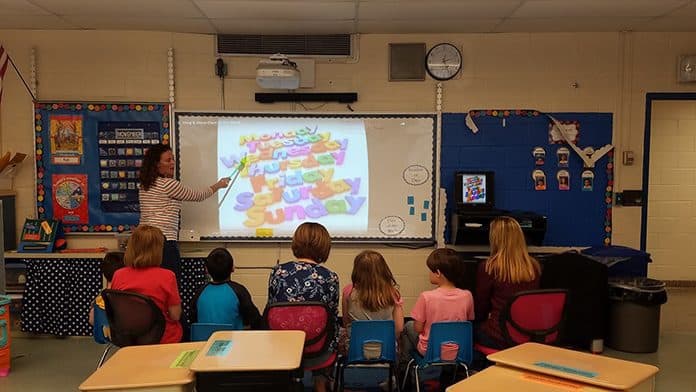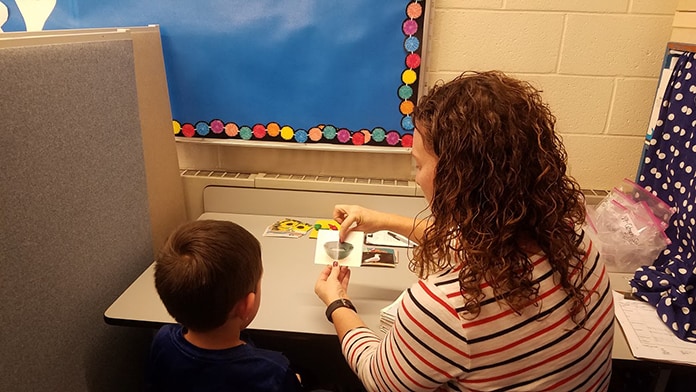
BRICK – Officials said the school district spends a minimum of $110,000 to educate each special needs child out of district, and this number does not even include the cost of transportation, paraprofessionals and other services.
At one time, Brick had a comprehensive autism program – children with more severe issues were kept in-district when there was strong behavioral support.
Brick’s newly-hired director of special services Kristen A. Hanson wants to bring an estimated 115 students back into the district by building programs that are equal to, or better than, the out-of-district programs they currently attend.
“We are creating programs for students that enable them to remain in their home district and be part of the school community,” Hanson said. “This also saves money for the district, which is a bonus.”
She said it’s important for special needs students to have general education peer role models, and when they’re placed out of district they don’t have access to those peers, they only have access to other students with disabilities.
“They need that, to see appropriate behavior, language and social skills. It’s more difficult to learn if they are only around students without these behaviors,” she said.
“Keeping children in-district is the goal because it’s the Least Restrictive Environment. It’s a law, and it’s a right for students in the special education code, to be placed with access to their general education peers in a school that’s close to their home,” Hanson said.

The best case scenario for a child is for their home district to offer autism programs with all the available supports, she said.
As one of her first achievements, Hanson established a class in the Brick district for autistic first and second graders who have access to a highly-trained teacher and paraprofessionals who had an additional 40 hours of training.
Prior to creating this program, some of the students might have been placed out of district, Hanson said.
Hanson said she hopes to create two to three additional classes for kindergarten and third grade next year, perhaps using some teaching staff that could be shifted. The classes are capped at six students.
The district had one consulting BCBA (Board Certified Behavior Analyst) and a second BCBA – who worked in the district when the former autism program was offered, and before students were sent to out-of-district schools – was added as the district program grows.
“The BCBA is trained in behavioral techniques that create behavioral plans for each student,” Hanson explained.
“They have knowledge in curriculum, social skills and teach techniques that shape student behavior, such as language acquisition for non-verbal students.”
The BCBA is housed in the same building as the class for autistic children and is there to assist and consult with the teacher, she added.
The district already offers self-contained classrooms for multiple disabled children who have a variety of classifications and a variety of needs, which are capped at 12, Hanson said.
“The techniques you use for autistic children are different than the techniques you use for cognitively disabled. For example, a child might be diagnosed as having significant difficulties with learning, but they’re not classified as autistic,” she said.
There are varying degrees of autism which is why it is called a spectrum disorder. Some autistic children are highly functioning and can be in the general education classrooms, she said.
“These are children with significant needs, we want to bring them back to the district to their hometown school,” Hanson said.
Students are evaluated for special needs programs by a Child Study Team consisting of a psychologist, a learning consultant, a social worker, and, if needed, an occupational therapist, a physical therapist and a speech pathologist.






